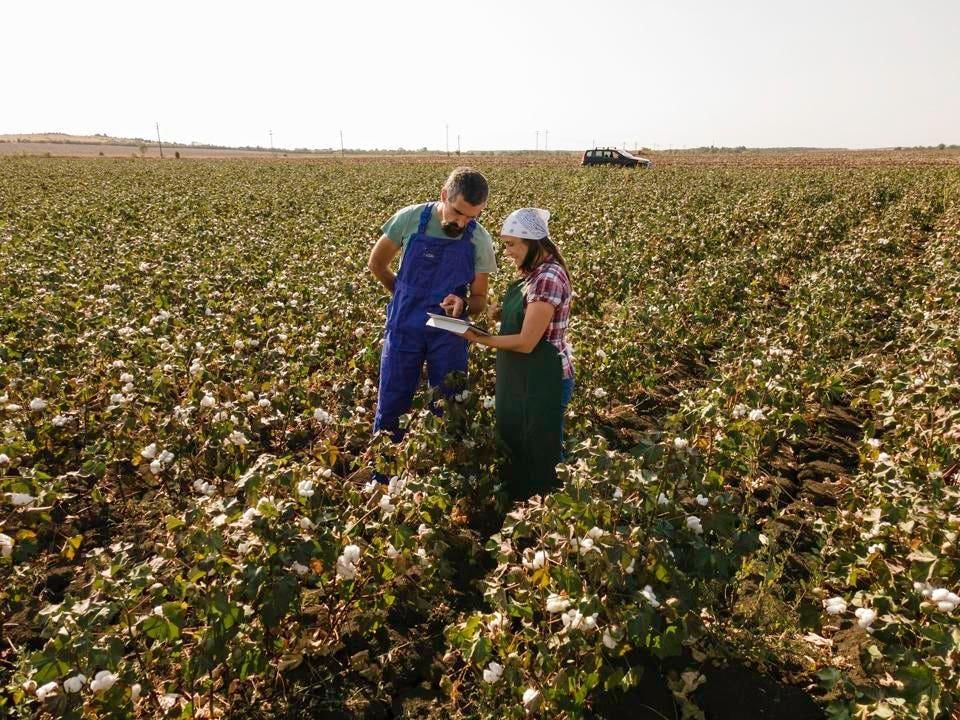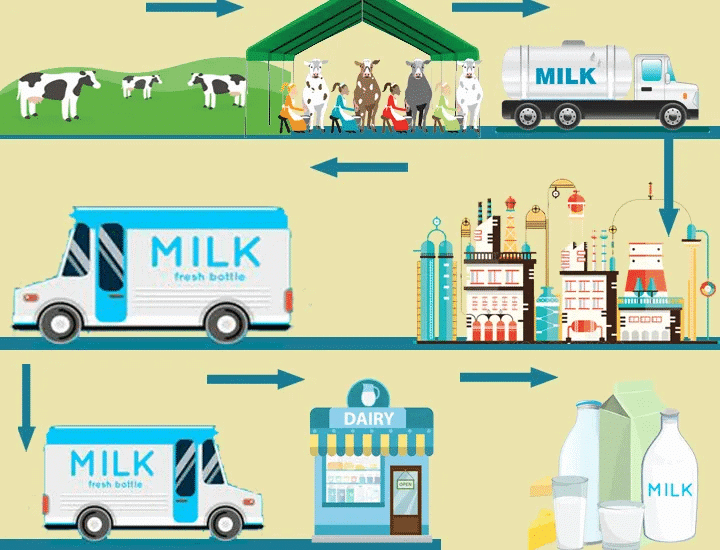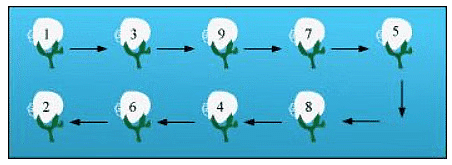NCERT Solutions for Class 7 Social Science - A Shirt in the Market
Q1. What made Swapna sell the cotton to the trader instead of selling it at the Kurnool cotton market?
Ans: Swapna decided to sell her cotton to the local trader instead of at the Kurnool cotton market for several reasons:
- At the beginning of the cropping season, she borrowed Rs 2,500 from the trader at a high interest rate to buy seeds, fertilisers, and pesticides.
- In return for the loan, she agreed to sell all her cotton to him.
The costs of cultivating cotton are significant, often forcing small farmers like Swapna to take loans. When she brought her cotton to the trader:
- It was weighed, and although it could have sold for Rs 6,000 at the market, the trader deducted Rs 3,000 for loan repayment.
- She received only Rs 3,000 for her hard work over four months.
Despite knowing that cotton could sell for at least Rs 1,800 per quintal, she did not argue due to the trader's influence in the village and her dependence on him for loans. Ultimately, her earnings from cotton cultivation were barely more than what she could have earned as a wage labourer. Cotton trade
Cotton trade
Q2. Describe the conditions of employment as well as the wages of workers in the garment exporting factory. Do you think the workers get a fair deal?
Ans: Conditions of employment in the garment exporting factory:
- Workers are employed on a temporary basis, which means they can be dismissed at any time.
- There is constant pressure to produce quality products within tight deadlines.
- Workers endure long hours of hard work.
No, the workers do not receive a fair deal. They are often paid below the minimum wage for their efforts. This exploitation, combined with the temporary nature of their employment, leads to a lack of respect for their work.
Q3. Think of something common that we use. It could be sugar, tea, milk, pen, paper, pencil, etc. Discuss through what chain of markets this reaches you. Can you think of the people that help in the production or trade?
Ans: The chain of markets for milk involves several key steps:
- Dairy cooperatives collect milk from various locations.
- The milk is then transported to milk factories by these cooperatives.
- In the factories, the milk is pasteurised and packaged.
- Packaged milk is supplied to traders, who transport it to cities.
- In cities, wholesalers purchase the milk from traders.
- Finally, retailers buy from wholesalers and sell the milk to consumers in shops.

Q4. Arrange the statements given alongside in the correct order and then fill in the numbers in the cotton bolls accordingly. The first two have already been done for you.
1. Swapna sells the cotton to the trader.
2. Customers buy these shirts in a supermarket.
3. Trader sells cotton to the ginning mill.
4. Garment exporters buy the cloth from merchants for making shirts.
5. Yarn dealers or merchants give the yarn to the weavers.
6. The exporter sells shirts to a business person from the USA.
7. The spinning mill buys the cotton and sells yarn to the yarn dealers.
8. Weavers return with the cloth.
9. The ginning mill cleans the cotton and makes it into bales.
Ans:
1. Swapna sells the cotton to the trader.
3. Trader sells cotton to the ginning mill.
9. The ginning mill cleans the cotton and makes it into bales.
7. The spinning mill buys the cotton and sells yarn to the yarn dealers.
5. Yarn dealers or merchants give the yarn to the weavers.
8. Weavers return with the cloth.
4. Garment exporters buy the cloth from merchants for making shirts.
6. The exporter sells shirts to the businessperson from the USA.
2. Customers buy these shirts in a supermarket.

|
63 videos|371 docs|46 tests
|
FAQs on NCERT Solutions for Class 7 Social Science - A Shirt in the Market
| 1. What is the central theme of the story "A Shirt in the Market"? |  |
| 2. How does the protagonist feel about buying the shirt? |  |
| 3. What role does the market play in the story? |  |
| 4. What lessons can be learned from the character's experience in the market? |  |
| 5. How does the author use descriptive language to enhance the story? |  |

















